Cartoons in Latin America
The history of Latin American cartoons offers a blend of immense popularity, mystery, and intense drama; state oppressiveness; economic perseverance; imitation; and, of course, the usual characteristics of comic art, such as high levels of commercialization and corporatism.
In Mexico, comic books were once so popular that a few titles were published daily in the 1940s (one of them, Pepín, eight times per week). Though cartoonists worldwide have suffered at the hands of the authorities, in parts of Latin America the perils of drawing comics and cartoons have been grave.
Take the 1977 “disappearance,” engineered by Argentine government officials, of comics publisher/writer Héctor Oesterheld and his four daughters, two of whom were pregnant; or the plight of Rius (Eduardo del Río), the famous Mexican artist of social documentary comics, who lost the rights, by order of the president, to his popular Los super machos comic book, and in 1969 was taken to the mountains by police to be executed (he was spared). Other examples of government interference in cartooning in Latin America are abundant, though perhaps not as a mystery- or drama-laden.
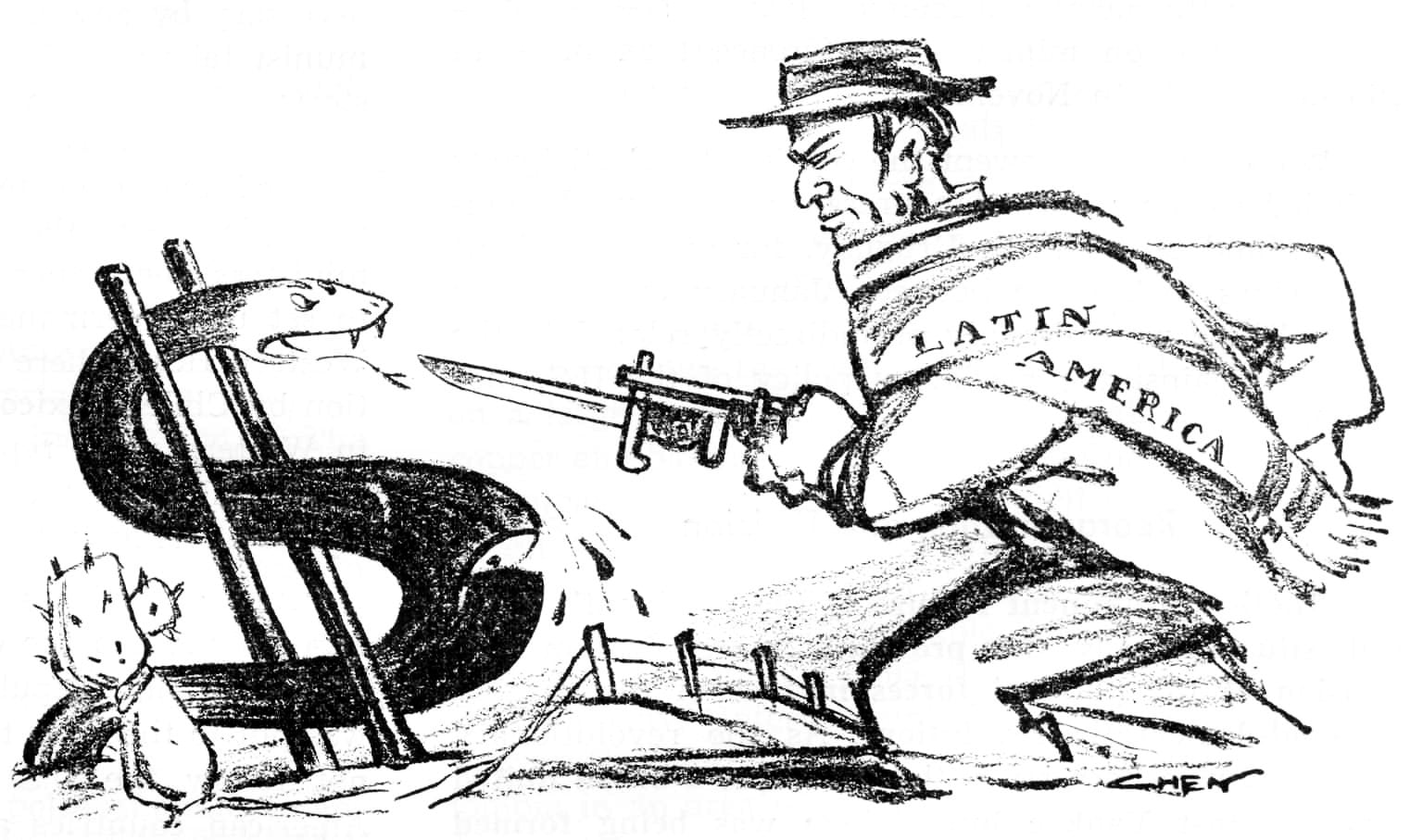
Perseverance also has marked Latin American cartooning, the most exemplary case being that of Cuba, where cartoonists “reinvented” the genre long before that tendency became fashionable in the computer age.
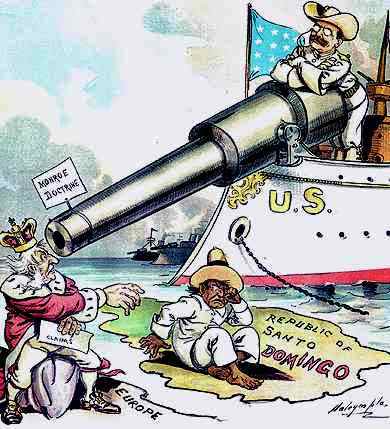
Because of the hardships caused by the U.S.-orchestrated economic embargo and later the “special period” at the dawn of the 1990s, Cubans generally, and cartoonists, in particular, have become masters at coping. Severe shortages of paper, inks, and printing equipment forced cartoonists to rethink cartooning. One cartoonist made inks out of plant roots and juices, others converted to ceramics, paper cutouts, and other mediums, and the humor magazine Palante, for a while, stopped printing and instead appeared as a television program.
In Chile during Salvador Allende’s short presidency (1970–1973), the comic book La firme persisted in providing an alternative perspective to the capitalistic and unsympathetic viewpoints of the Disney comics very popular in Latin America. Though La firm survived the harsh criticism of Chile’s right-wing press and the United States’ overthrow of Allende, its effectiveness gradually diminished.
EARLY FORMS OF CARTOONING
Precursors of cartoons include the codices and the drawings on plates and vessels of Late Classic Mayan culture (600-900), the latter showing that the Maya were capable of cartoon-style depictions of direction, perspective, gesturing, framing, motion, sound, and smell. Contemporary Latin American cartoon history has several sources. Illustrations on Mexican cigar and cigarette boxes and premiums in the 1880s told stories in sequential comic-strip fashion, and handbills appearing in Mexico, Cuba, and Colombia during the first half of the nineteenth century satirized political figures.
Satirical periodicals carrying cartoons were also prevalent. Early examples include El toro(1826–1832), La orquestra (1861–1874) and El ahuizote of Mexico; La caricature (1896) of Venezuela; El zancudo (the 1890s), El gráfico(1910–1941), Cromos (1916), and Bogotá cómico (later La semana cómico, 1917–1925) of Colombia; El esquife (1813–1814) and El moro muza (1859–1875) of Cuba; El negro Timoteo (1890–1898) of Uruguay; and Argentina’s Caras y caretas, distributed throughout Latin America by 1912. Most were critical of the government, except for El ahuizote, which successfully promoted Porfirio Díaz’s campaign for the Mexican presidency.
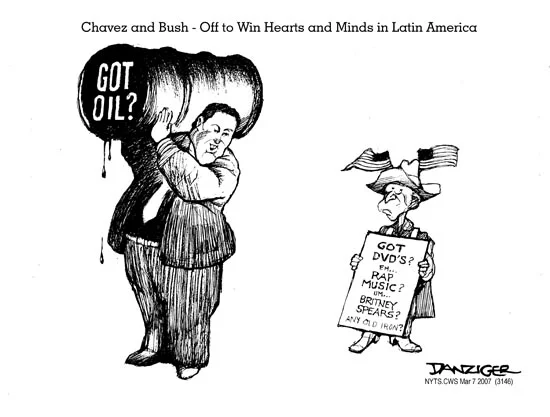
COMIC STRIPS AND COMIC BOOKS
Comic strips are largely a twentieth-century phenomenon in most of the world, but in Brazil, Angelo Agostini drew As Aventuras de Nhô Quim ou impressões de uma viagem à Cortebeginning in 1869, making it one of the world’s first comic strips. U.S. newspaper comic strips had a huge influence in Latin America after 1900, as some newspapers used dominicales (translations of U.S. strips) or created their characters adapted from or imitative of those of North America.
But the region also had its own very popular strips, including Patoruzu, created in 1928 by Dante Quinterno in Argentina; Mexico’s Don Lupito (1903); and Cuba’s El bobo. As elsewhere, many strips featured children, animals, families, bums, fools, and politicians. Magazines too were home to Latin American strips; prominent among them were O Tico-Tico (1905) in Brazil and El tony (1928) and Rico Tipo (1944) in Argentina.
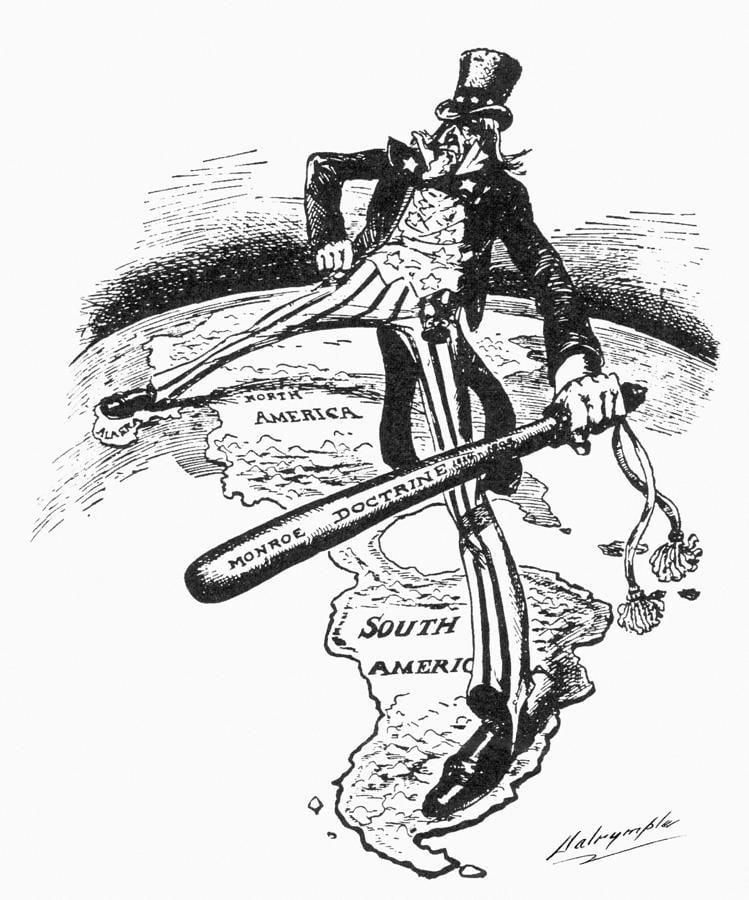
Latin America was one of the world’s first developers of comic books. In Brazil, Suplemento juvenil reprinted North American comic strips as a tabloid, first weekly in 1934, and then thrice weekly. An indigenous comic industry started soon after when the publishing houses Editora-Brasil America Ltda (EBAL, 1945) and Editora Abril (1950) were established exclusively to produce comic books. Mexican comic books evolved from the dominicales, and in the beginning, all were published or otherwise allied with large daily newspapers. At the peak of comics’ popularity in 1943, one-half million comics were purchased daily. Publishers and comics creators outdid one another in employing promotional gimmicks to attract readers.
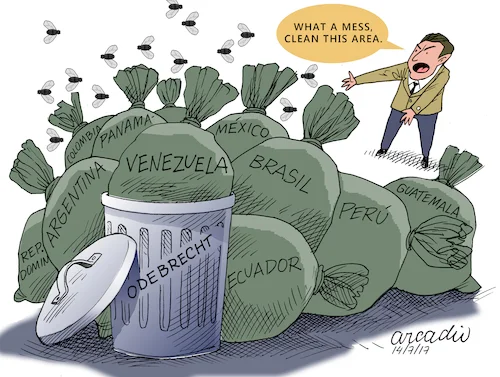
From the 1950s through 1970s cartooning and comics thrived in the region, producing world-renowned cartoonists such as Argentina’s Alberto Breccia, Roberto Fontanarrosa, Quino (Joaquín Salvador Lavado), Landrú (Juan Carlos Colombres), and Guillermo Mordillo; Brazil’s Mauricio de Sousa, Ziraldo Alves, Pinto, and Henfil (Henrique de Souza Filho); Cuba’s Manuel, Santiago “Chago” Armada, René de la Nuez, Carlucho, and Orestes Suárez; Honduras’ Hermes Bertrand; Nicaragua’s Róger Sánchez Flores; and Mexico’s Rius, Gabriel Vargas, Antonio Gutiérrez, Yolanda Vargas Dulché, and Abel Quezada. Equally famous globally were many Latin American comic-book and comic-strip titles and characters.
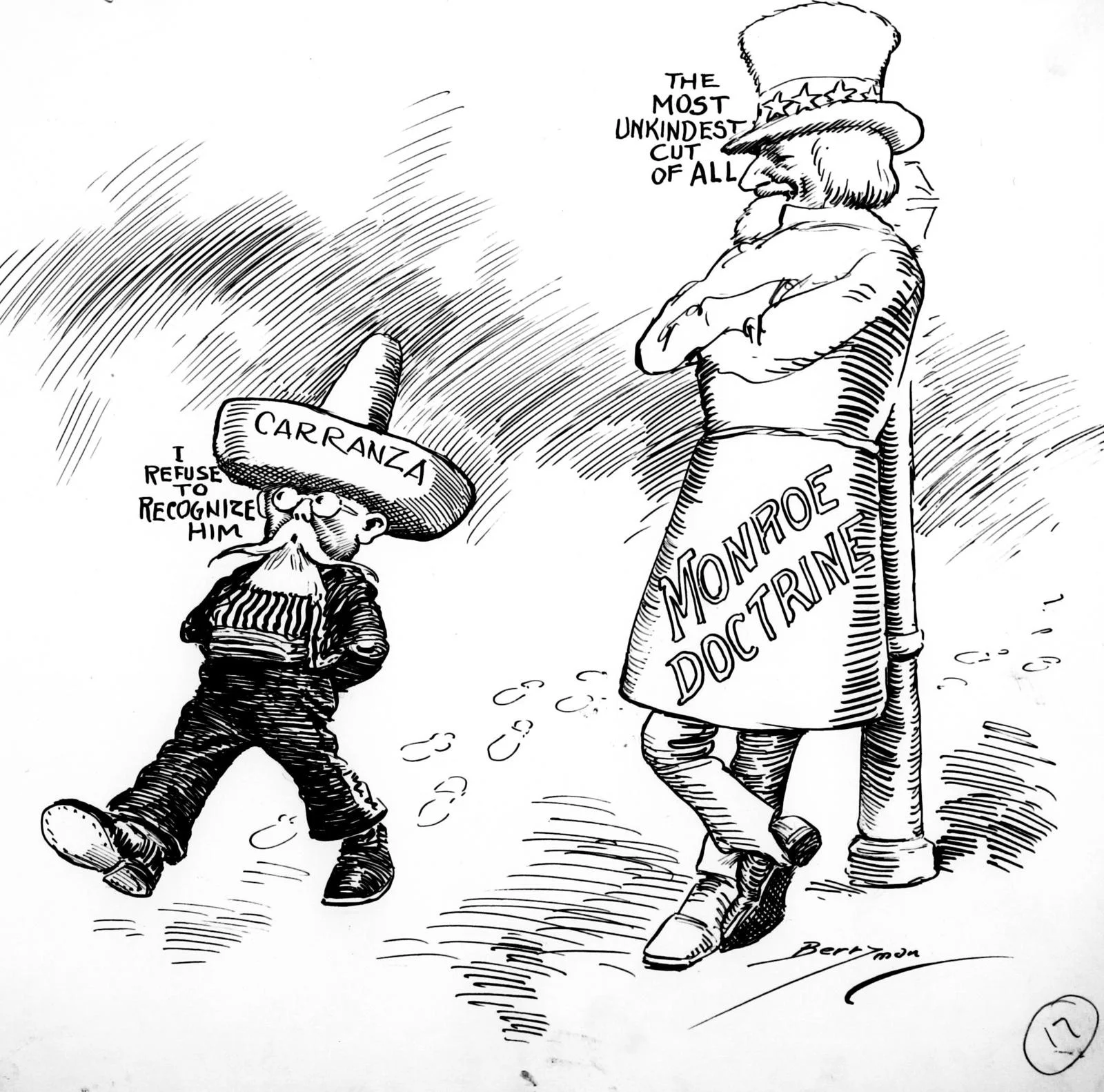
A few among the many that stand out are those featuring female characters, such as Mafalda, Quino’s precocious little girl who represents Argentina’s bourgeoisie lifestyle; Mauricio de Sousa’s Mônica, which describes the antics of an irascible girl that its creator fashioned into a publishing and merchandising empire; Vladimir (“Vladdo”) Flórez’s Aleida, a frivolous, petty woman popular in Venezuela; Argentina’s Flopi Bach, a strip by Argentineans Ernesto García Seijas and Carlos Trillo that deals with raw sexuality, and Maitena, the work of Maitena Burundarena, also of Argentina, focusing on women in their twenties through middle age.
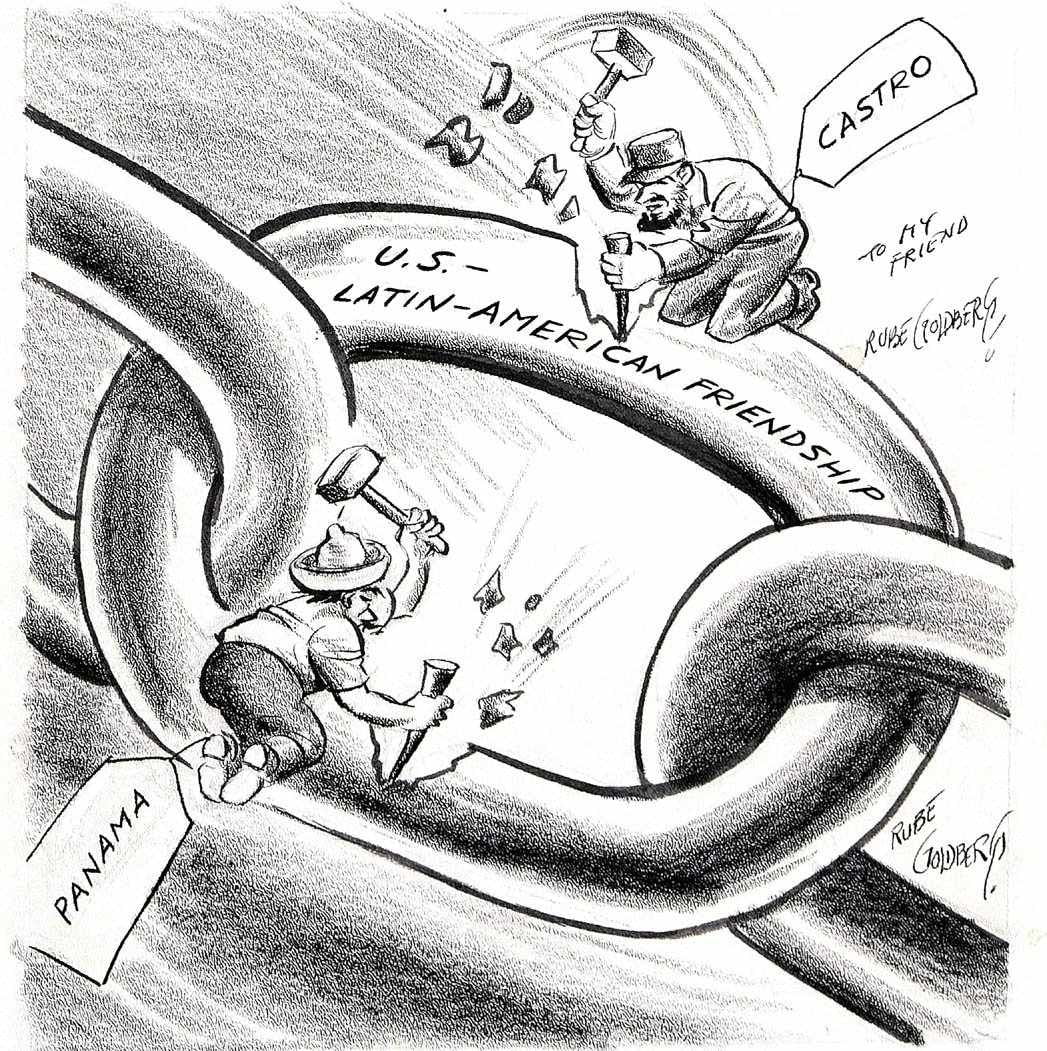
CONTEMPORARY SITUATION
All types of cartooning have remained popular throughout Latin America. Even though comic books have had their heyday, they continue to be the main form of reading material in the region. Mexico is considered one of the world’s only comics cultures (along with Japan), with large numbers of comic books and huge audiences. At one time in the 1980s, 60 percent of all paper used in Mexico went to publishing 159 comics titles.
Political cartoons continue to be hard-hitting in much of Latin America, despite abrupt changes in power, totalitarian regimes, fascist ideologies of state and church, and augmented corporate takeovers of mass media that have made cartooning difficult and even hazardous. Political cartoonists and their periodicals often have had to contend with government oppression, the results of which have been the closure of media, censorship, arrest of cartoonists, or, as in the cases of Oesterheld and Rius, worse penalties.
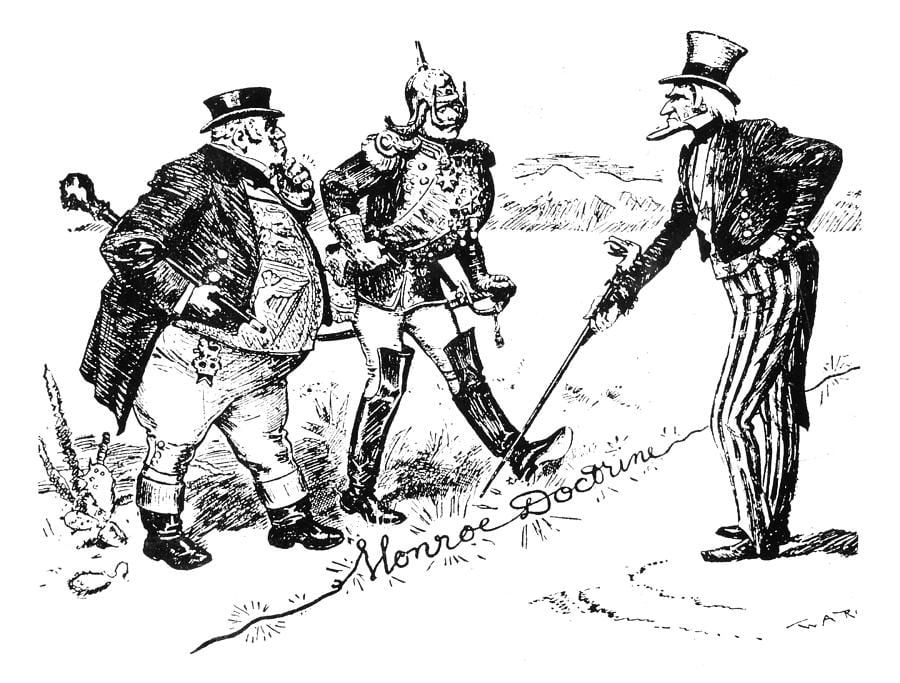
Control of cartooning is also exercised through oligopolistic ownership of the media, especially in Brazil and Mexico, and corporate and state economic and other tie-ins. Despite formidable obstacles, cartooning survives as an important component of Latin American popular culture.
This post was created with our nice and easy submission form. Create your post!





One Comment